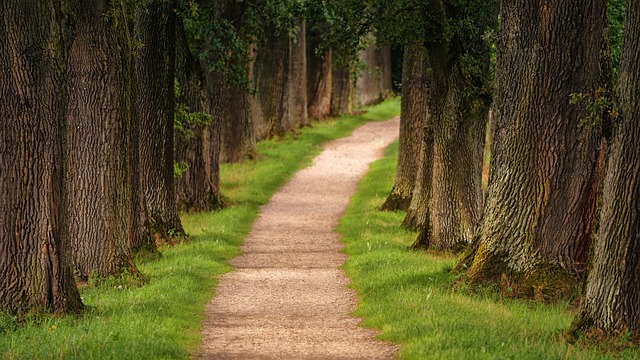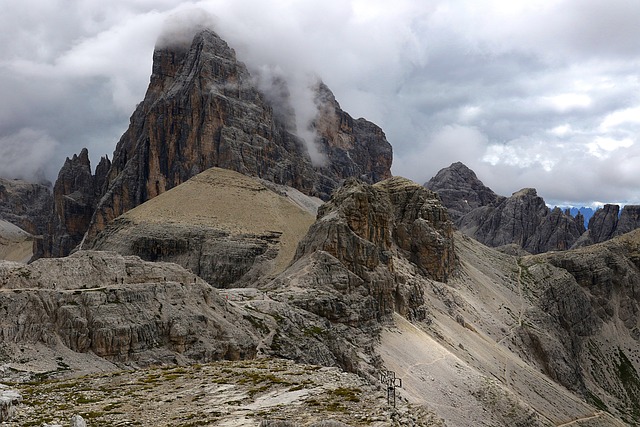Equipping oneself with wilderness first aid and survival skills is essential for safe mountain biking trails and outdoor adventures, enabling immediate care for injuries, navigation in unfamiliar terrains, finding shelter, starting fires, purifying water, and signaling for help. Key gear includes a well-stocked survival kit, water purification tablets, fire starter tools, and shelter options like a tarp or bivy sack; specific items like a repair kit with spare tubes, tire levers, and a pump are crucial for mountain biking. Mastering basic survival skills and wearing reflective clothing increases safety during remote trail exploration.
“Uncover the essential skills to thrive in nature’s embrace with wilderness first aid and survival techniques. In a world where adventures await, especially on bustling mountain biking trails, knowing these skills can be a game-changer. This comprehensive guide explores why empowering yourself with wilderness knowledge is crucial, from preventing emergencies to navigating challenging terrain. Discover the essential tools and gear that every adventurer should have at the ready.”
- Why Learn Wilderness First Aid and Survival Skills?
- Essential Tools and Gear for Wilderness Survival
- Techniques for Staying Safe on Mountain Biking Trails
Why Learn Wilderness First Aid and Survival Skills?

In today’s world, where mountain biking trails and outdoor adventures are becoming increasingly popular, knowing wilderness first aid and survival skills is more important than ever. While these activities bring immense joy and excitement, they also come with inherent risks. Unforeseen circumstances can arise, such as severe weather conditions, injuries, or getting lost in remote areas. Having a solid understanding of how to respond during emergencies can make all the difference between a minor setback and a life-threatening situation.
Learning wilderness first aid equips individuals with the knowledge to provide immediate care when faced with injuries like sprains, fractures, or even more critical conditions. Additionally, survival skills teach essential techniques for navigating through unfamiliar terrain, finding shelter, generating fire, purifying water, and signaling for help. These skills are invaluable when venturing into remote wilderness areas, ensuring a safe return after a day of mountain biking trails or any other outdoor pursuit.
Essential Tools and Gear for Wilderness Survival

When venturing into the wild, whether it’s for mountain biking trails or any outdoor adventure, having the right tools and gear is paramount to your safety. A well-prepared survival kit should include a first aid pack with essential medications, bandages, antiseptics, and pain relievers. Additionally, consider carrying a multi-tool, water purification tablets, a fire starter (like a magnesium rod), a whistle for signaling distress, and a lightweight tarp or bivy sack for shelter.
Beyond these basics, think about specific needs based on your activity. For mountain biking, a repair kit for your bike, including spare tubes, tire levers, and a pump, is crucial. A reliable headlamp or flashlight will aid in navigating through low-light conditions. Lastly, knowledge of basic survival techniques, like building a fire, purifying water, and identifying edible plants, can make all the difference when stranded in remote locations.
Techniques for Staying Safe on Mountain Biking Trails

When embarking on mountain biking trails, safety should be your top priority. Before setting out, ensure you’re equipped with the knowledge and gear for wilderness first aid. Familiarize yourself with basic survival skills like navigating using a map and compass, setting up a makeshift shelter, and purifying water sources. These techniques could prove invaluable if you encounter an emergency while exploring remote trails.
Staying visible and prepared can prevent many potential hazards. Wear bright, reflective clothing, especially during low-light conditions. Carry a well-stocked first aid kit tailored for outdoor adventures, including bandages, antiseptic wipes, pain relievers, and any personal medications. Additionally, learn how to assess and stabilize injuries common in mountain biking, such as sprains, fractures, and head traumas, to ensure immediate and effective care until professional help arrives.
